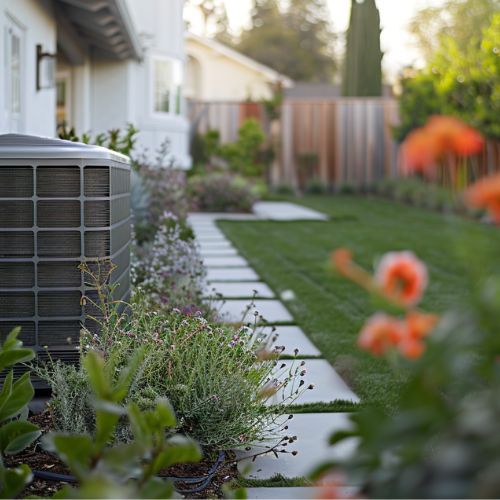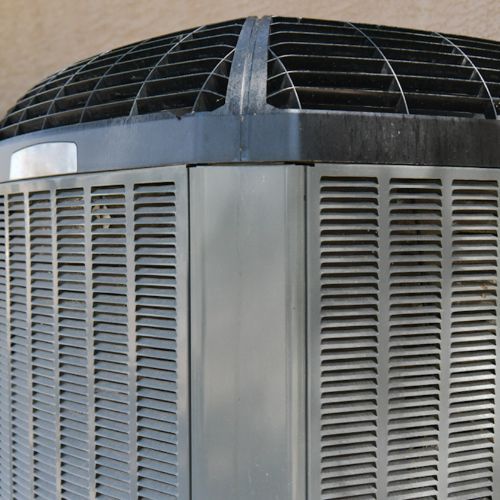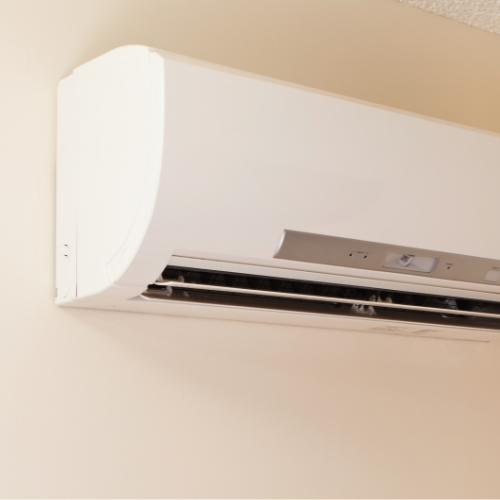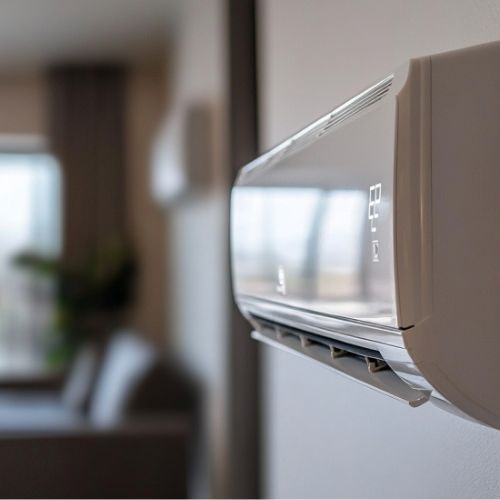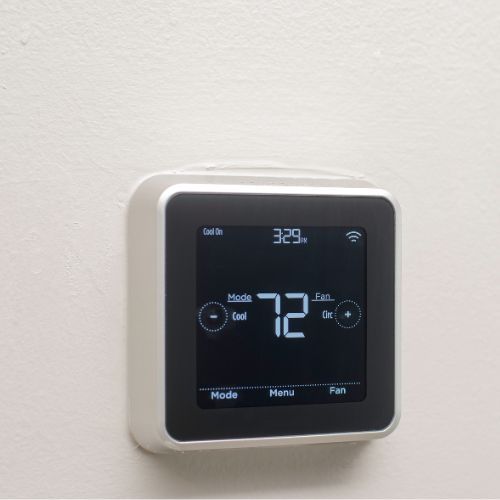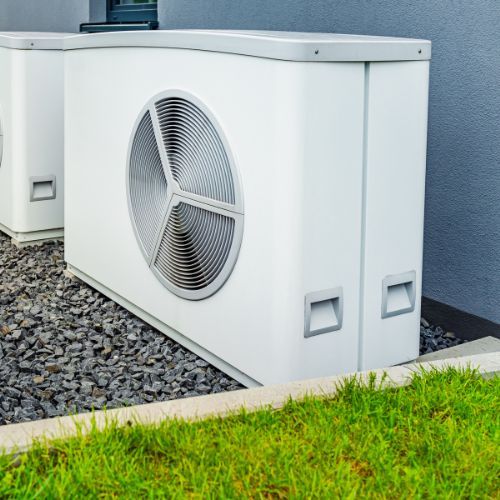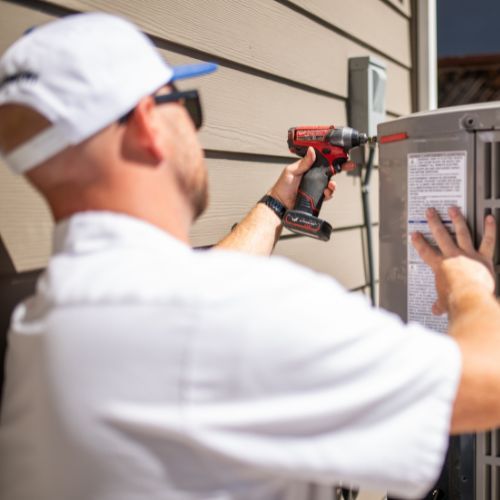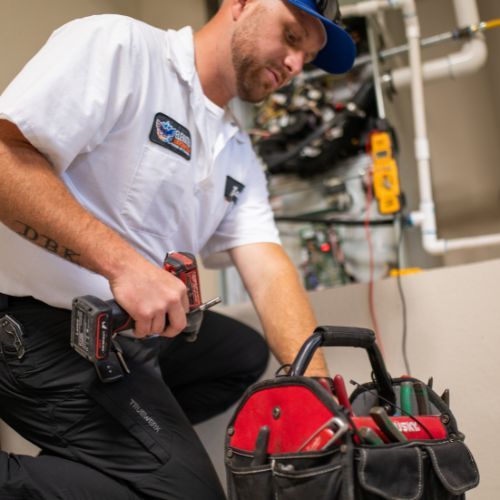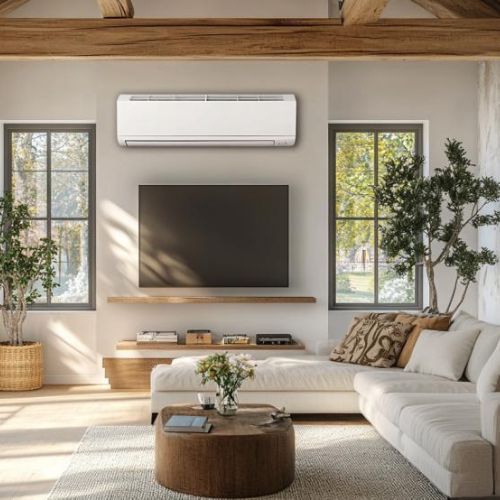Understanding the Benefits of Using Ceiling Fans with HVAC Systems
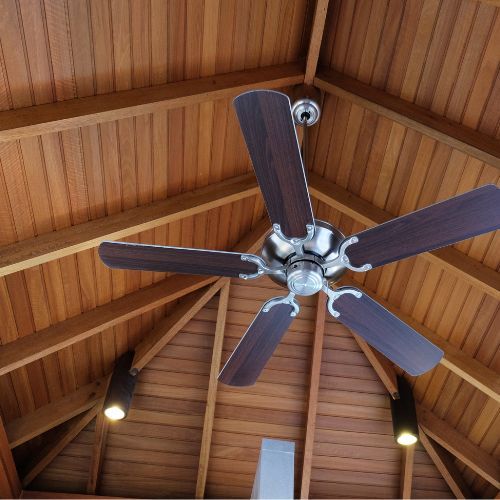
Table of Contents
ToggleTL;DR: Using ceiling fans alongside your HVAC system boosts comfort and energy efficiency in your California home. They distribute air evenly, reducing HVAC workload and cutting energy bills. Adjust fan direction: counterclockwise in summer for cooling and clockwise in winter to circulate heat. For expert guidance and installation, contact Elevated Comfort to optimize your home’s comfort and efficiency year-round.
Using ceiling fans in conjunction with your HVAC system can significantly enhance your home’s comfort and energy efficiency. Ceiling fans help distribute air more evenly throughout your living spaces, reducing the workload on your HVAC system and ultimately lowering your energy bills. In California, where temperature fluctuations are common, utilizing ceiling fans can provide a cost-effective way to maintain a comfortable indoor environment year-round. Elevated Comfort, a trusted HVAC service provider in California, is here to guide you on how to maximize the benefits of using ceiling fans with your HVAC system.
Benefits of Combining Ceiling Fans with HVAC Systems
- Energy Savings: Ceiling fans allow you to set your thermostat a few degrees higher in the summer and lower in the winter without sacrificing comfort, leading to reduced energy consumption and cost savings.
- Improved Comfort: By circulating air more effectively, ceiling fans help eliminate hot and cold spots, creating a more consistent and comfortable indoor temperature.
- Extended HVAC Lifespan: Reducing the strain on your HVAC system by using ceiling fans can help prolong the life of your heating and cooling equipment, minimizing the need for costly repairs or replacements.
- Enhanced Air Quality: Ceiling fans help distribute fresh air throughout your home, preventing the buildup of stagnant air and improving overall indoor air quality.
Optimizing Ceiling Fan Direction for Seasonal Comfort
Ceiling fan direction plays a crucial role in optimizing comfort and energy efficiency. By adjusting the direction of your ceiling fan blades based on the season, you can maximize the benefits of air circulation.
Summer: Counterclockwise Direction
During the summer months, set your ceiling fan to rotate counterclockwise. This direction creates a cooling breeze by pushing air down, which helps evaporate sweat and makes you feel cooler. As a result, you can raise your thermostat by a few degrees, reducing the load on your air conditioner and saving on energy costs.
Winter: Clockwise Direction
In the winter, switch your ceiling fan to rotate clockwise at a low speed. This setting draws cool air up and pushes warm air down from the ceiling, distributing heat more evenly throughout the room. This allows you to lower your thermostat slightly, easing the burden on your heating system and enhancing energy efficiency.
Enhancing Air Circulation and Indoor Air Quality
Ceiling fans not only improve temperature control but also enhance air circulation and indoor air quality. Proper air circulation helps prevent the buildup of pollutants, allergens, and moisture, creating a healthier living environment.
Benefits of Enhanced Air Circulation
- Reduced Humidity: Ceiling fans help reduce indoor humidity levels by promoting better air circulation, which can prevent mold and mildew growth.
- Improved Air Quality: By continuously moving air, ceiling fans help filter and disperse pollutants, allergens, and odors, resulting in cleaner, fresher indoor air.
- Comfortable Environment: Enhanced air circulation helps maintain a consistent indoor temperature, reducing the likelihood of hot and cold spots and ensuring a more comfortable living space.
Tips for Choosing the Right Ceiling Fan for Your Space
Selecting the right ceiling fan for your home is essential for maximizing its benefits. Consider the following factors when choosing a ceiling fan:
Size and Blade Span
Choose a ceiling fan with an appropriate blade span for the size of your room. Larger rooms require fans with a greater blade span to ensure adequate air circulation, while smaller rooms benefit from fans with a smaller blade span.
Ceiling Height
Ensure that your ceiling fan is installed at the correct height for optimal performance. For standard ceilings, a fan should be mounted 8-9 feet from the floor. For higher ceilings, consider using a downrod to lower the fan to the appropriate height.
Energy Efficiency
Look for Energy Star-rated ceiling fans, which are designed to be more energy-efficient and cost-effective. These fans consume less electricity while providing excellent air circulation.
Style and Design
Choose a ceiling fan that complements your home’s decor. Ceiling fans come in a variety of styles, finishes, and designs, allowing you to find one that matches your aesthetic preferences.
Additional Features
Consider ceiling fans with additional features such as remote controls, adjustable speeds, and integrated lighting for added convenience and functionality.
Final Thoughts
Integrating ceiling fans with your HVAC system is a smart and cost-effective way to enhance comfort, improve air quality, and reduce energy consumption in your California home. By optimizing fan direction for seasonal comfort and selecting the right ceiling fan for your space, you can maximize the benefits of this powerful combination. Elevated Comfort is dedicated to helping you achieve optimal indoor comfort and efficiency. Contact Elevated Comfort today for expert advice and professional HVAC services, and start enjoying the benefits of using ceiling fans to complement your HVAC system.
